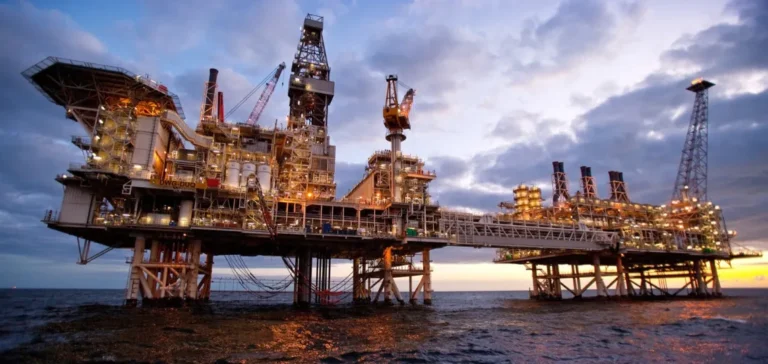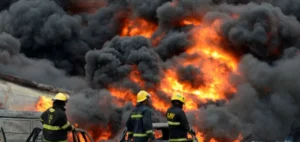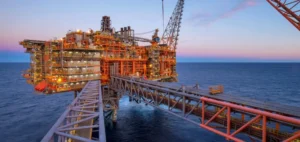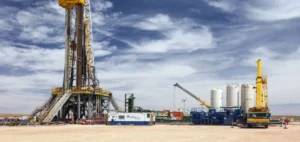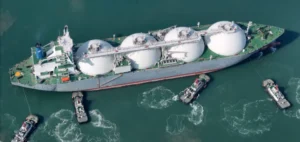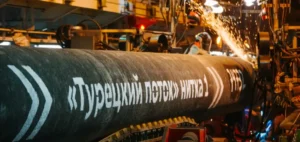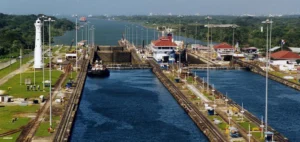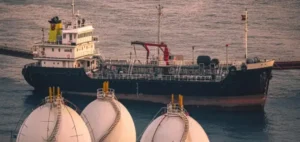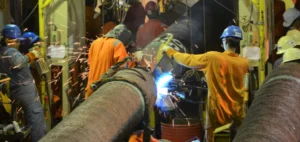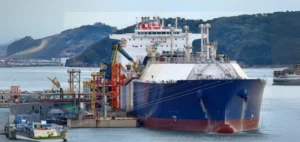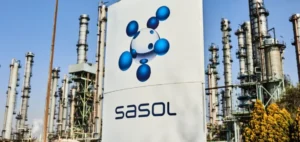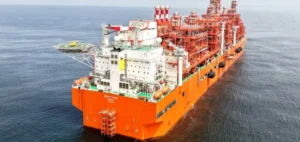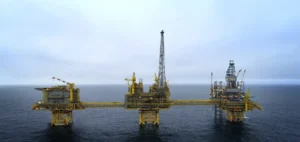North Sea hydrocarbon production could increase significantly without breaching the United Kingdom’s climate commitments, according to a new study published by consultancy firm Wood Mackenzie. The scenario presented envisions a 50% rise in recoverable reserves while keeping overall emissions within the boundaries set by the Intergovernmental Panel on Climate Change (IPCC).
A measurable reduction in emissions and costs
The UK Continental Shelf (UKCS) would generate between 25 and 50 MtCO₂e less per year than the maximum levels allowed by net zero-aligned scenarios through 2050, according to the study. This margin would enable an additional 2.6 billion barrels of oil equivalent to be produced while remaining within climate science limits.
Each additional trillion cubic feet of gas extracted from the UKCS could save approximately $2.2bn in costs and reduce up to 15 MtCO₂e of emissions when displacing liquefied natural gas (LNG) imported from the United States. The analysis highlights the economic and climate advantage of reinforcing domestic production.
Exploration declines while potential remains
Exploration activity in the North Sea has dropped to historic lows. The year 2025 is set to become the first without a single wildcat well drilled since 1960. Despite this decline, Wood Mackenzie has identified 2.3 billion barrels of oil equivalent across 7,634 open or relinquished blocks.
Only 34 of these blocks contain more than 20 million barrels of oil equivalent each, representing a total of 1.4 billion barrels. These resources could be developed by tying back to existing infrastructure, limiting the need for large-scale new investments.
Rising dependency on imports
The UK’s dependence on US LNG is expected to exceed 60% by 2035 due to declining pipeline imports from Norway. This shift would increase the carbon intensity of the country’s gas supply from 3.7 to 11.3 gCO₂e/MJ. By 2050, 90% of scope 1 and 2 emissions linked to gas supply could come from imported LNG.
According to the study, an additional trillion cubic feet of domestically produced gas could avoid 14.6 MtCO₂e—more than the estimated 13.4 MtCO₂e savings expected from partial offshore platform electrification between 2030 and 2050.
UK’s role in European energy flows
Less than 20% of the crude refined in the UK is sourced from the UKCS, down from over 40% in 2010. However, the country remains a key player in European energy trading. Around 75% of UKCS crude exports are shipped to the Netherlands, Germany, Poland and Sweden, before returning to the UK as refined products.
This bilateral energy flow contributes to regional supply security. Several neighbouring countries are adjusting their strategies accordingly. The Dutch Minister for Climate and Green Growth recently endorsed a plan to maximise domestic North Sea gas production.
Rebalancing energy strategy
UKCS oil and gas production accounts for only 3% of the country’s total territorial emissions. Despite this, the sector faces increasing regulatory constraints. Wood Mackenzie recommends a balanced approach integrating hydrocarbons, carbon capture and storage, hydrogen and marine renewables into the UK’s long-term energy planning.
Even under ambitious decarbonisation scenarios, the UK is projected to consume approximately 500,000 barrels of oil equivalent per day and remain a net importer. The results of the government consultation “Building the North Sea’s Energy Future,” expected by the end of 2025, will determine the basin’s strategic direction for decades.


